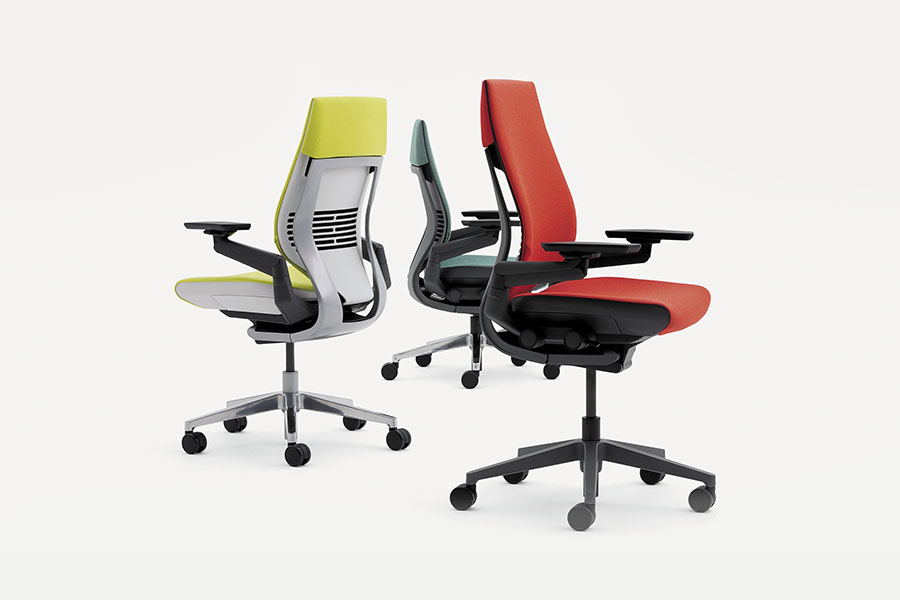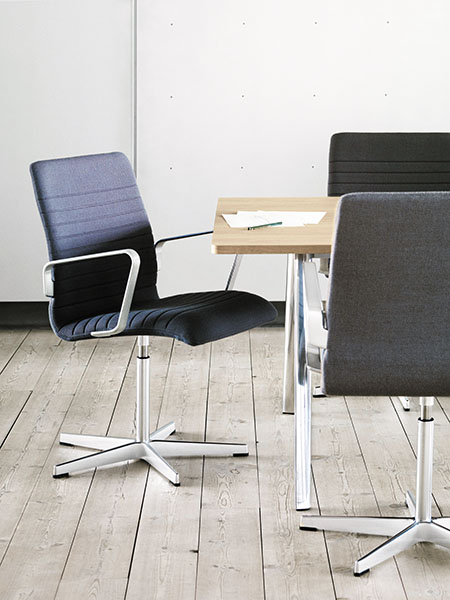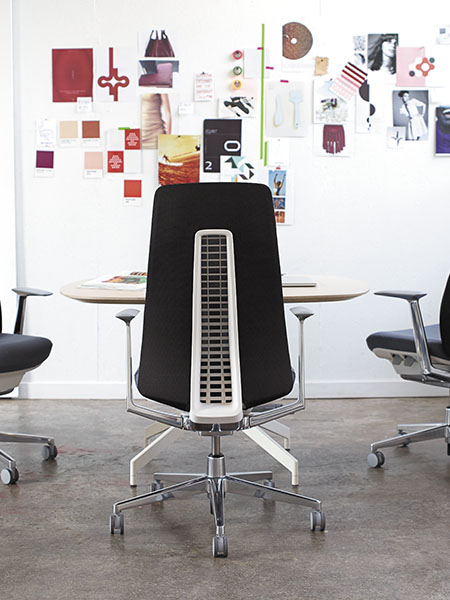
For the chair person: Sitting in office all day does not have to feel like work
Sitting at the desk all day need not feel like it, thanks to the science of ergonomics
 Gesture, from Steelcase
Gesture, from Steelcase
Price: $900
US-based office furniture maker Steelcase undertook a global posture study before creating Gesture. It observed the postural behaviour of 2,000 people in 11 countries across various positions and patterns of usage before coming up with this chair. Gesture is designed keeping in mind the seamless way in which people use technology. It adapts to changes in a person’s posture with the use of different devices. The armrests swivel outward and allow for a range of seating positions, the back provides lumbar support even while reclining, and the seat has soft edges, just in case you feel like sitting sideways.
Freedom Headrest, from Humanscale
Price: $1,279 onwards
“The problem with many ergonomically designed office chairs is that they have all these knobs and levers,” says Niels Diffrient, creator of the Freedom Chair, in an interview to The New York Times in 2003. His response to the problem was a chair that minimised the use of knobs and levers, and was flexible enough to adapt to the user. It was, in a word, intuitive; this means the chair moves along with your body, without you having to pull or push levers and buttons. Its latest variants have armrests that move up and down in tandem, and a headrest that moves with the user, even as they recline.

Oxford, from Republic of Fritz Hansen
Price: $2,160 onwards
The original Oxford chair was designed by Danish architect and designer
Arne Jacobsen for professors at St Catherine’s College at the University of Oxford in 1963. The ‘revitalised’ variants attempt to take away some of the stodginess that would be associated with a ‘professor’s chair’. “We decided to revitalise the iconic Oxford chair in order to give it a more contemporary look and thus, renewed relevance,” says Christian Andresen, head of design, Republic of Fritz Hansen. The iconic elongated high-back of the chair is now optional; the Premium variant comes with a thicker layer of foam and is available in a variety of colours. One can, however, always choose to go back to the basics with the Classic variant in monochrome black.
Aeron, from Herman Miller
Price: $780
Prior to making Aeron in 1994, its designers Bill Stumpf and Don Chadwick spoke to people who spent a lot of time in their chairs, mostly older people in retirement centres, to know what more they would want their chair to do. Aeron is considered to be a revolution in ergonomics: It distributes weight evenly, provides better aeration (ventilation), eliminates heat build-up, and supports the natural ways in which the body moves. The Museum of Modern Art included it in its permanent collection even before the first piece was sold.

Fern, from Haworth
Price: On request
A focus on ‘sitting instead of seating’ is the defining characteristic of Fern, according to its maker Haworth. The chair has been designed to suit a diverse working population, and promises to respond to every movement of its users. Unlike most chairs, the suspension architecture of Fern is located in the centre, thereby making the edges of the chair soft. The centred structure also adjusts differently to every user and provides complete support to their upper-, middle- and lower back areas. That, coupled with a flexible seat, is Fern’s attempt to ensure that discomfort does not come in the way of work.
(This story appears in the 09 December, 2016 issue of Forbes India. To visit our Archives, click here.)














